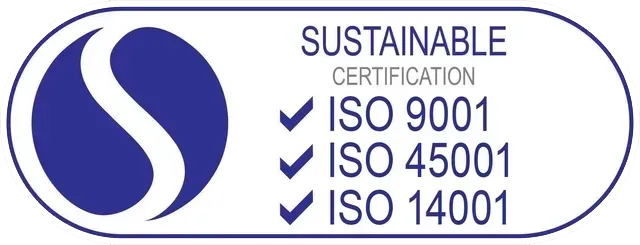Powerline Construction in Cobar
- Level 1 & 2 Accredited
- Family-Owned Electrical Experts
- Safe & Compliant Solutions
Request A Call Back in Cobar
Thank you for contacting Country Powerline Constructions.
We will get back to you as soon as possible.
Please try again later.
Cobar Powerline Construction
Getting powerline construction right in rural areas takes more than just technical know-how, it takes practical experience working in remote conditions. At Country Powerline Constructions, we build and upgrade powerline infrastructure that’s suited to the environment, compliant with network regulations, and delivered with a focus on efficiency and safety. We work with property owners, builders, developers and infrastructure planners to complete overhead and underground installations that stand the test of time.
Our team knows what it takes to keep a powerline job on track — especially when working across long spans or properties with tough access. We don’t overcomplicate the process or cut corners. We just do what needs to be done, and we do it properly. If you need reliable powerline construction in Cobar, give us a call on 02 6882 0354 and we’ll help you get started.
Practical Work from Start to Finish
Every construction job begins with a site review and confirmation of the approved network plans. From there, our crew sets out alignments and prepares the ground for either overhead or underground installation. For overhead systems, this includes drilling and setting poles, securing hardware like insulators and crossarms, and running high-tension conductor cable between spans. All distances, sag limits and clearances are double-checked to meet distributor requirements.
Underground systems involve trenching to precise depths, installing conduit, placing warning tape, and safely pulling through cables without damage. We pay attention to soil conditions, moisture, and compaction to avoid long-term issues. On both types of builds, we finish with full system testing — including phase continuity, insulation resistance, and correct earthing — so the installation is ready for final inspection and connection.
We also manage all the paperwork required for sign-off, from test sheets to as-built records. It’s this combination of practical delivery and behind-the-scenes detail that helps our clients complete their projects without delays or surprises.
Frequently Asked Questions
What is involved in upgrading existing powerline infrastructure?
Upgrading involves assessing the current system, identifying capacity or safety limitations, and replacing or modifying components to meet modern standards. This may include installing larger conductors, repositioning poles, or switching from overhead to underground systems. All upgrades must follow network distributor requirements and include updated testing and documentation before the new system can be approved for use.
How are cable joints protected in underground systems?
Cable joints are a critical point in underground installations and must be sealed properly to prevent moisture ingress and mechanical damage. Heat-shrink or resin-filled joint kits are commonly used, depending on the cable type and installation environment. These joints are also tested during commissioning to confirm electrical integrity and insulation resistance.
Why are clearances important in overhead powerline work?
Clearances help prevent contact between powerlines and nearby trees, buildings or structures, reducing fire risks and maintaining safety for people and livestock. They also protect the network from interference caused by wind sway, conductor sag or accidental access. These distances are regulated by energy distributors and must be maintained during both installation and ongoing maintenance.
What tools and equipment are typically used on-site?
Depending on the project type, crews may use augers or boring rigs for pole holes, elevated work platforms for overhead line work, cable winches, trenchers, and safety equipment like voltage detectors and line testers. Personal protective equipment, signage and barriers are also used to maintain a safe site. All equipment is operated by trained personnel in line with industry procedures.







